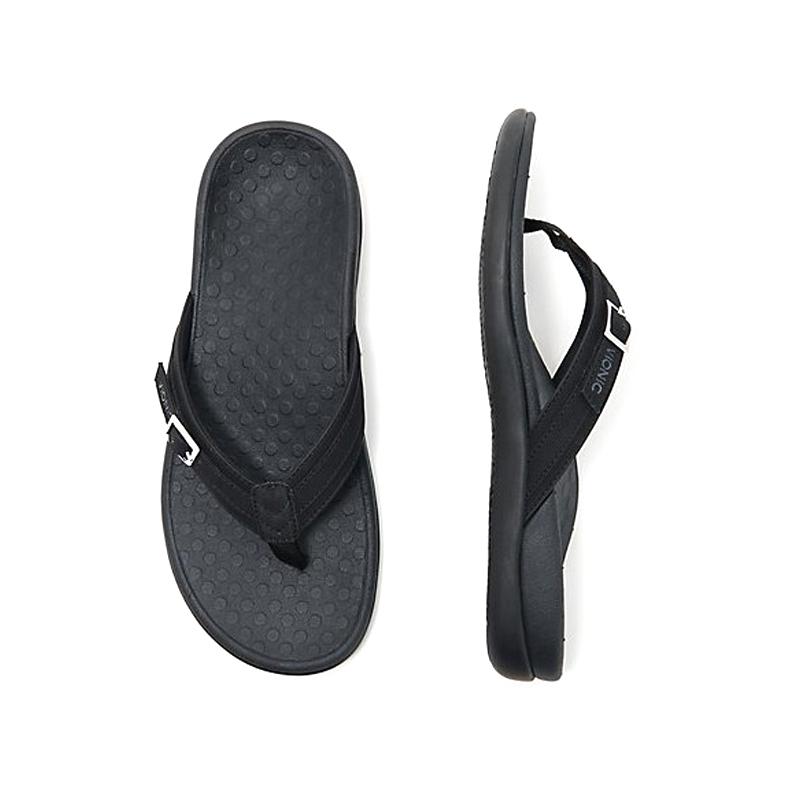How the Right Shoes Can Prevent Knee and Back Pain
If you’ve ever experienced knee or back pain after a long day, your shoes might be the hidden cause. Footwear plays a major role in how your body moves and absorbs impact. Poorly designed shoes can throw off your alignment, strain your joints, and lead to chronic discomfort. The good news? Choosing the right pair—especially orthopedic or supportive shoes—can help keep your knees and back healthy for the long run.

1. Proper Foot Alignment Reduces Joint Strain

When your feet are properly supported, your entire body benefits. The right shoes help align your ankles, knees, and hips, ensuring even weight distribution as you move. Without this support, your feet may roll inward or outward (pronation problems), placing unnecessary pressure on your knee joints and lower back.
Orthopedic shoes are designed to promote natural alignment through features like arch support and stabilizing midsoles, helping your body stay balanced and reducing wear on your joints.
2. Cushioning Absorbs Shock and Reduces Impact

Every step you take sends a shockwave up through your feet, knees, and spine. Over time, this repeated impact can contribute to joint pain and even spinal misalignment.
Shoes with high-quality cushioning—such as memory foam or gel inserts—help absorb this impact before it reaches your knees and back. Orthopedic shoes often include shock-absorbing soles that make walking smoother and gentler on your body.
3. Arch Support Prevents Overcompensation

Flat feet or fallen arches can lead to misalignment that affects your knees and lower back. Without proper arch support, your muscles and joints must work harder to keep you balanced, leading to fatigue and pain.
Shoes with built-in arch support cradle the natural curve of your foot, improving stability and reducing the strain that travels up your legs. This simple feature can dramatically improve comfort and posture.
4. Correct Heel Height Improves Posture

High heels and overly flat shoes can both cause problems for your posture. Heels that are too high shift your weight forward, forcing your back to overcompensate, while shoes that are too flat offer little support for the arch and heel.
The ideal shoes have a slight heel lift—around 1 to 1.5 inches—which promotes natural alignment between your feet and spine. Orthopedic shoes and sneakers are carefully designed to maintain this balance, helping your body stay upright and pain-free.
5. Stability Enhances Balance and Reduces Fatigue

Unstable shoes can cause your body to work overtime to maintain balance, increasing muscle tension in your legs, knees, and back. Orthopedic shoes feature firm heel counters, wide soles, and stability shanks that enhance balance and reduce wobbling. This not only improves comfort but also prevents long-term joint stress.
Final Thoughts
Your feet are the foundation of your body—when they’re supported, your whole body benefits. Wearing the right shoes can make a remarkable difference in preventing knee and back pain, improving your posture, and keeping you active without discomfort. Choosing supportive or orthopedic footwear isn’t just about comfort—it’s an investment in your long-term health and mobility.






